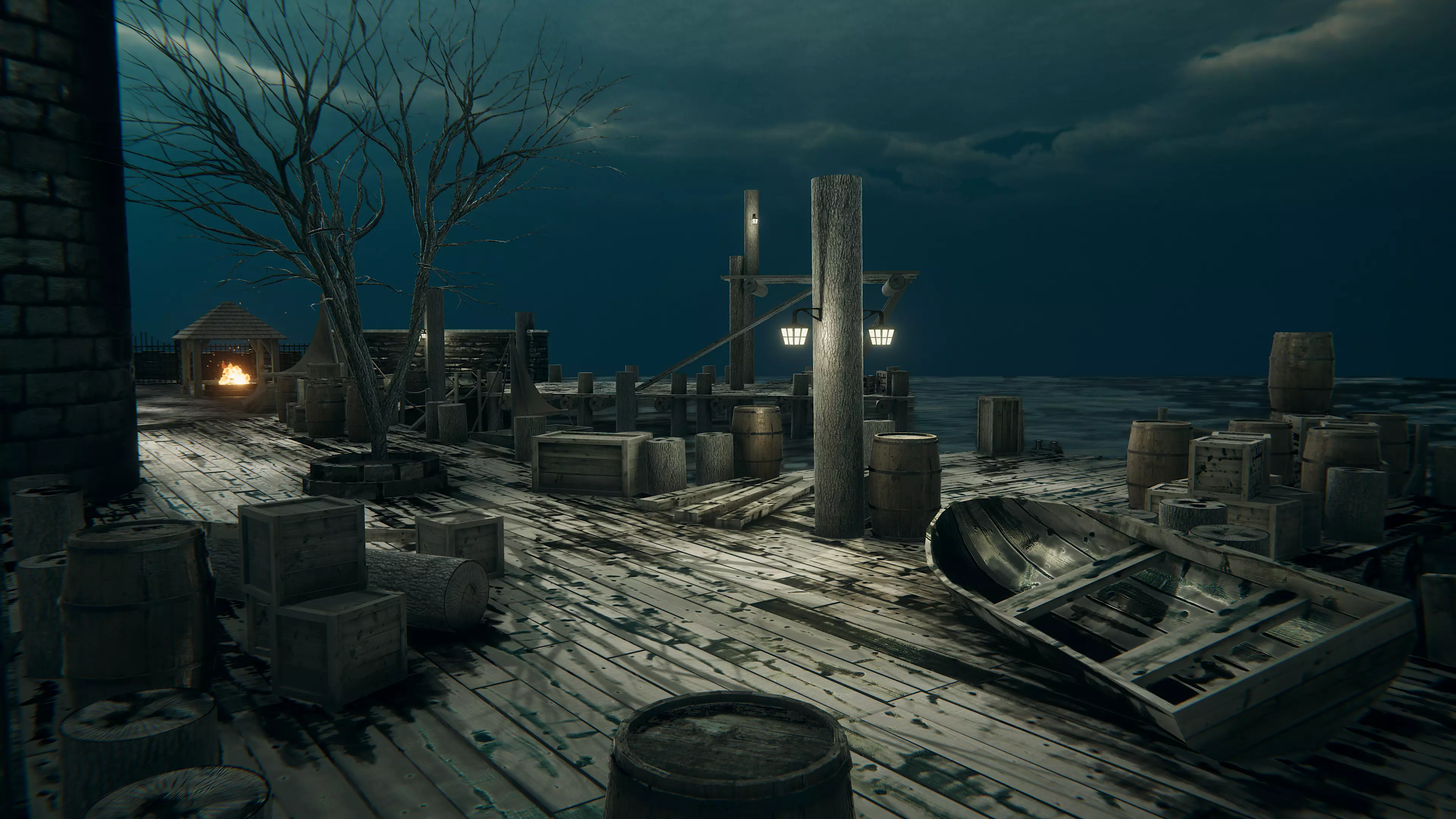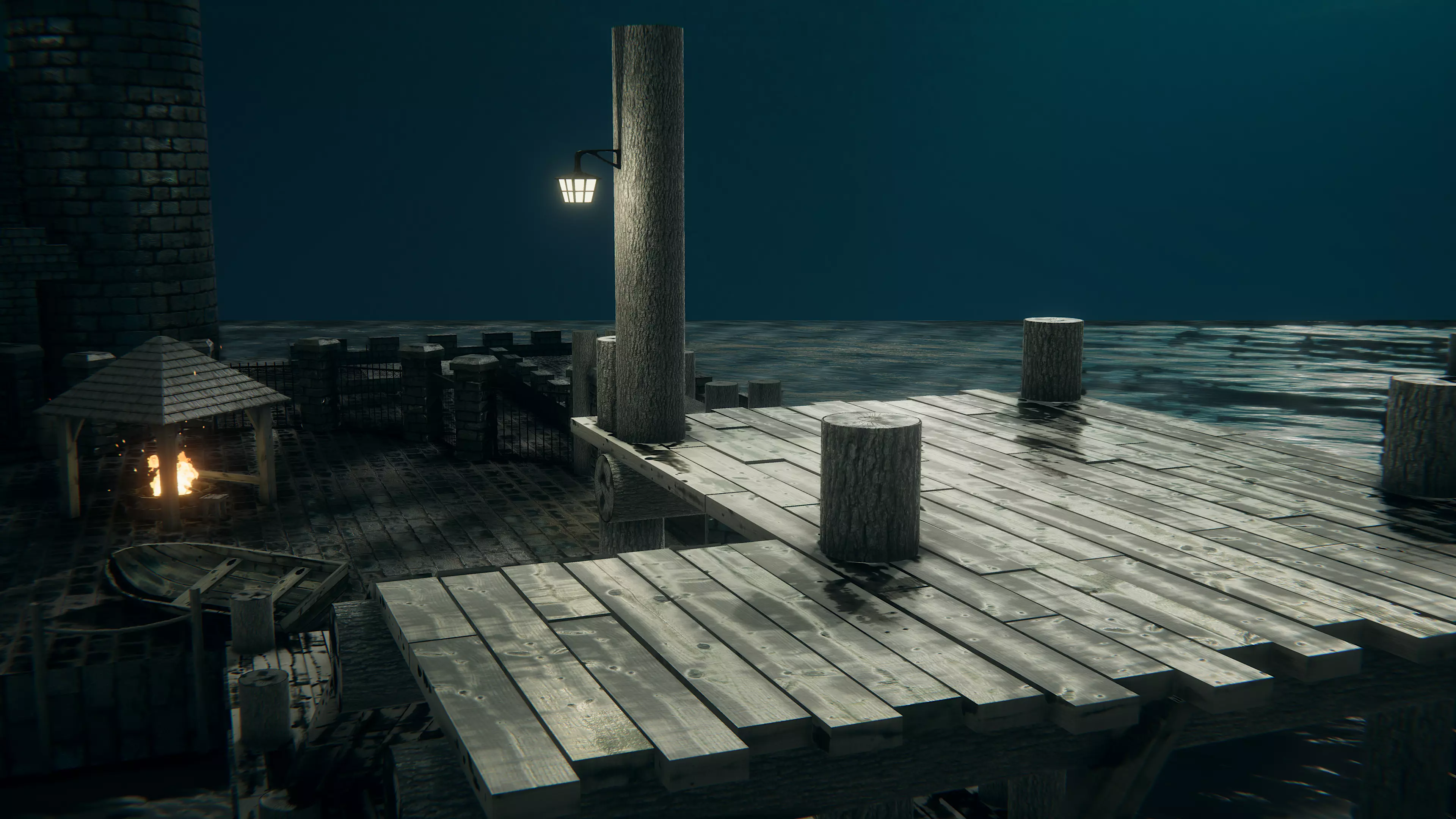Spatial Memory in VR
Effects of Galvanic Vestibular Stimulation on Spatial Memory in Virtual Reality
Role: Conception, Programming, Hardware Design, Experiment Design, Analysis
Duration: 12 weeks
Advisor: Prof. Misha Sra
Duration: 12 weeks
Advisor: Prof. Misha Sra
Currently in Review •

BRIEF
Spatial memory and navigation are critical cognitive functions facilitated by inputs from the hippocampal and striatal circuits. These regions integrate information from the environment and the vestibular system, which has been shown to have a particularly strong influence on visuospatial memory. Prior work has explored how Galvanic Vestibular Stimulation (GVS) can improve spatial learning and memory in individuals with vestibular disorders with limited work on how GVS affects spatial memory in healthy humans. To address this gap, we developed a novel approach using Noisy GVS (nGVS) in a virtual reality (VR) setting to explore the impact of vestibular stimulation on spatial memory in healthy adults. Our findings indi- cate that nGVS enhances spatial learning and memory performance but these effects are moderated by individual differences. We believe our work extends the existing corpus on spatial cognition in VR and positions nGVS as a potential modifier of human spatial memory in VR.SPATIAL LEARNING AND MEMORY

Spatial cognition, encompassing the abilities of navigation and memory, serves as a cornerstone of human interaction with the surrounding environment. The intricacies of these functions have been historically explored through the lens of maze-based experiments. Notably,
the Morris Water Maze has been a pivotal instrument to shed
light on the mechanisms of spatial learning in rodents. Multiple
studies have highlighted the critical involvement of the hippocampus
in spatial tasks, revealing that disruptions to this region result in
pronounced deficits in navigational abilities .
GVS is seen as a promising technique for the study of spatial cognition. Additionally, VR offers the capability to design intricate, lifelike scenarios for participants to navigate, while granting researchers the flexibility to adjust variables and observe behaviors that are otherwise challenging to study in real-world and pen-paper studies. This heightened ecological validity positions VR as a favored instrument for neuroscientists and psychologists.
GVS is seen as a promising technique for the study of spatial cognition. Additionally, VR offers the capability to design intricate, lifelike scenarios for participants to navigate, while granting researchers the flexibility to adjust variables and observe behaviors that are otherwise challenging to study in real-world and pen-paper studies. This heightened ecological validity positions VR as a favored instrument for neuroscientists and psychologists.
EXPERIMENT DESIGN

We used the Meta Quest 1 VR headset (HMD) wirelessly connected
(casting) to a MacBook Pro. The experiment was conducted in a
sound-proof, quiet room (4m x 4m in size). Disposable MyoWare
hydrogel electrodes (30x20mm) were placed on the user’s mastoid
process behind each ear to connect the GVS device. For the VR
application, we created a virtual environment using Unity and the
Oculus integration package which provides development support
for Oculus VR devices.We used freely available 3D assets from the
Unity Asset Store to build the VR environment. The virtual
setting resembled a sea port, featuring proximal elements like abandoned boats, towers, and gazebos, all surrounded by the ocean. We
added distant cues such as stationary clouds and the sun to provide a
realistic spatial context. To support the overall experience to more
closely reflect a real world setting, we also integrated a stereo chan-
nel soundscape, which participants could audibly perceive through
the HMDs two in-built speakers.




The study included 16 volunteers (8M, age range: 19–28 years, mean age 25.5 ± 2.78 years; 8F age range: 19–34 years, mean age 24.625 ± 4.81 years). We examined their gaming habits as these can affect spatial navigation in virtual environments.. Both experimental groups (GVS and SHAM) had an equal mix of 4 gamers and 4 non-gamers, reducing potential biases from gaming experience. The study aimed to investigate the impact of nGVS on spatial navigation in a VR object-finding task. Participants were divided into two groups: a control group (SHAM) and a GVS group, to avoid learning effects and the lingering impact of GVS. In the VR setting, participants located five colored fires at different locations and heights. We used the Santa Barbara Sense of Direction Scale to assess their navigational skills before the experiment. During the experiment, participants, starting from the northwestern end of the map, had 8 minutes to get used to the VR environment and controls. The task was to navigate to each fire, starting from different points, in a specific order (red, blue, green, yellow, purple). After completing the tasks, participants gave feedback and rated the ease of navigation and any discomfort experienced.
RESULTS
Key findings suggest that participants under the nGVS condition consistently demonstrated enhanced navigational performance, as evidenced by shorter path lengths, greater path efficiencies, and more consistent movement patterns. The FFT analysis further illuminated distinct movement patterns between the two conditions, underscoring the potential influence of GVS on spatial orientation and navigation.The paper is currently under review, if you’d like to know more about the result or get an advance copy of the paper feel free to email me here.